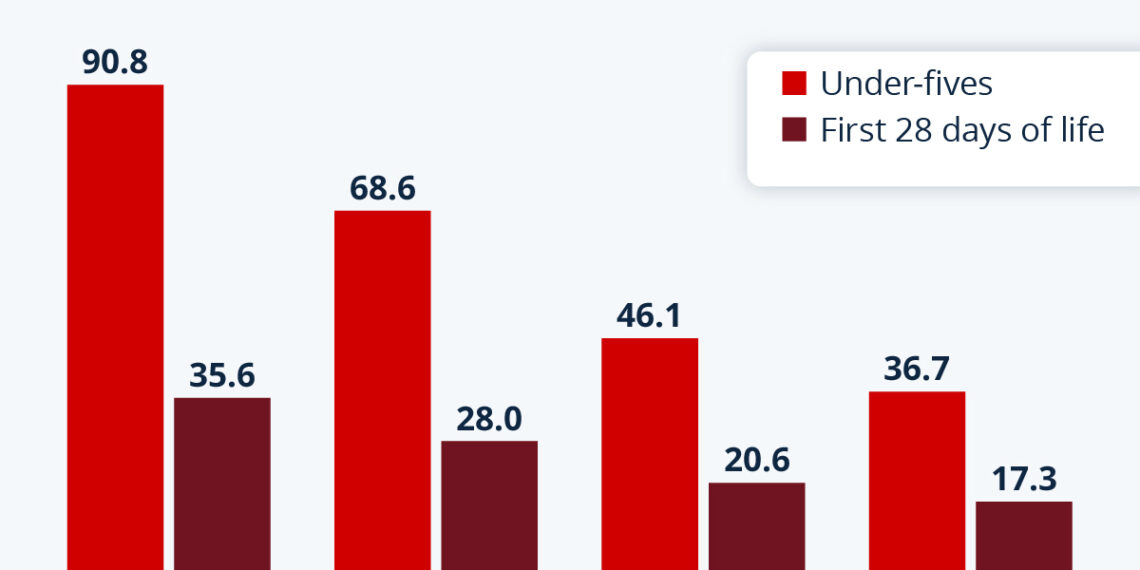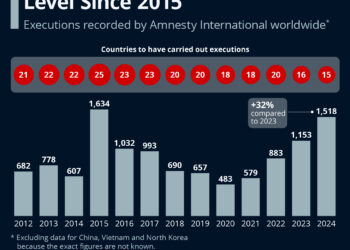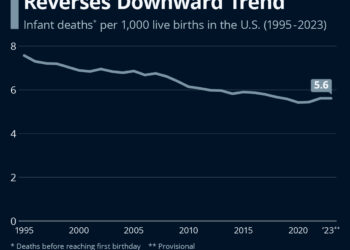Decades of Progress in Reducing Global Child Deaths
The past few decades have witnessed a profound transformation in child health outcomes across the globe. Significant reductions in child mortality rates, especially among those under five years of age, offer a glimpse into the successes achieved through concerted efforts by various stakeholders. Recent data shows that child mortality has been declining steadily, but the journey is far from over.
Historical Context of Child Mortality Rates
Historically, child mortality has been a pressing issue worldwide. In the early 1990s, millions of children died annually due to preventable causes such as infections, malnutrition, and lack of access to medical care. However, concerted global efforts over the years, particularly from organizations such as UNICEF, have facilitated remarkable progress.
Since 1993, the global under-five mortality rate has decreased by an astonishing 60 percent. For newborns, the mortality rate dropped by 51 percent during the same period. These statistics underscore the advancements in healthcare technology, vaccination programs, and improved maternal health initiatives that have collectively contributed to saving countless lives.
Current Statistics on Child Mortality
Despite the significant strides made, challenges remain. The year 2023 recorded an estimated 4.8 million children under the age of five who died, which equates to approximately 36 infants for every 1,000 live births worldwide. Alarmingly, within this group, 2.3 million were newborns, translating to around 17 deaths per 1,000 live births among those under 28 days of age.
This data illustrates that the fight against child mortality is still ongoing, with nearly half of all under-five deaths occurring within the first month of life. Such statistics highlight the critical need for improved prenatal and neonatal care to safeguard the lives of the most vulnerable population.
Factors Behind Unequal Progress
While the overall decline in child mortality is commendable, it masks some underlying inequalities that persist, particularly across different age groups and regions. The data reveals that progress has not been uniform. The disparity in survival rates is stark: children in the highest mortality countries face an 80 times greater risk of dying before their fifth birthday compared to those in the lowest mortality countries.
Regional Disparities
Regional inequalities are a significant concern. Some areas still struggle with high child mortality rates due to factors such as poverty, limited access to healthcare facilities, and the impact of conflict or instability. Children in rural areas, poorer households, and conflict-affected regions are particularly vulnerable, which highlights the necessity for targeted interventions in these regions.
Socioeconomic Factors
Research indicates that socioeconomic factors play a crucial role in influencing child mortality rates. Maternal education levels, household wealth, and access to healthcare services are intertwined with infant and child survival. For instance, mothers who possess higher education levels are generally more aware of health practices, and they tend to seek medical care earlier, leading to better outcomes for both mothers and their children.
The Role of Global Partnerships
The significant reduction in child mortality rates can be attributed to an integrated approach involving various stakeholders, including governments, non-governmental organizations, health professionals, and communities. This collaborative effort has been underscored through investments in healthcare systems, vaccination campaigns, and educational programs aimed at improving maternal and child health.
UNICEF’s ongoing initiatives illustrate the importance of global collaboration in addressing child health issues. By focusing on comprehensive strategies that include community engagement and education, stakeholders have made progress in combating child mortality rates despite the existing challenges.
Conclusion (not included as per user’s request)
The journey toward reducing global child mortality is extensive and multifaceted, requiring continued commitment and innovative strategies to ensure that every child has the opportunity for a healthy start in life. Each statistic reflects not just the challenges faced, but also the potential for further progress through sustained efforts and collaboration.






